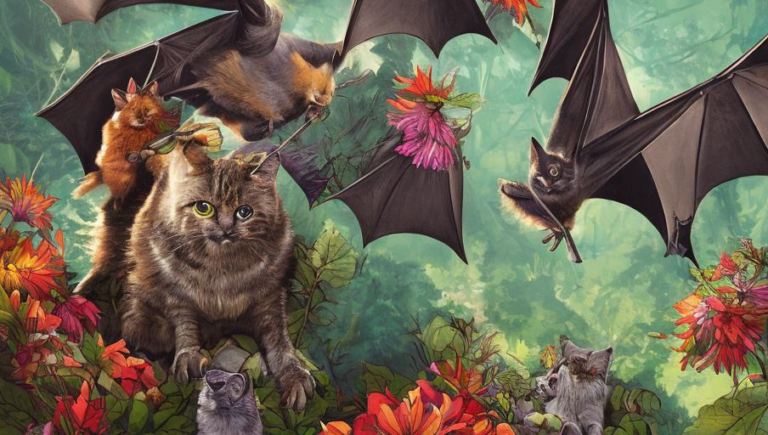Saving the Albatross: A Conservation Guide

Introduction to the Albatross
The albatross is an iconic seabird of the open ocean, and one of the most impressive of the world’s birds. These majestic birds have the largest wingspan of any bird, which can reach up to 11 feet. They are known for their extraordinary ability to soar across the ocean for hours at a time and can travel hundreds of miles in a single day. Albatrosses can be found in the Southern Hemisphere and are divided into two families: the Diomedeidae and the Procellariidae. These birds are found in the Antarctic, South Pacific, and Indian Oceans and are known for their great faithfulness to their breeding grounds.
The Threats Facing Albatrosses
Unfortunately, these magnificent birds are in danger of becoming extinct due to a variety of threats. The two largest threats they face are longline fishing and plastic pollution. Longline fishing is a type of commercial fishing that uses a long line with hundreds of baited hooks to catch large fish, such as tuna and swordfish. Unfortunately, this type of fishing also catches albatrosses, which can get tangled in the lines and drown. Plastic pollution is another major threat to albatrosses, as they often mistake bits of plastic for food and can choke or starve to death as a result.
Conservation Efforts
Fortunately, there are a number of efforts in place to protect albatrosses and their habitats. For example, the Agreement on the Conservation of Albatrosses and Petrels (ACAP), which was established in 2001, is an international agreement that seeks to protect albatrosses and petrels from a variety of threats, such as longline fishing, plastic pollution, and climate change. Additionally, there are a number of organizations dedicated to protecting albatrosses and their habitats, such as BirdLife International, the Albatross Task Force, and the Save the Albatross Campaign. These organizations are working to raise awareness about the plight of albatrosses and to educate people about the threats they face.
What You Can Do to Help
There are many things that you can do to help protect albatrosses. For starters, you can spread the word about the threats they face and the efforts being made to protect them. You can also get involved in local conservation efforts, such as beach cleanups and plastic pollution campaigns, or join one of the organizations dedicated to protecting albatrosses. Additionally, you can support sustainable fishing practices, such as not using longlines, and you can choose to purchase products that are made of sustainable materials, such as bamboo and organic cotton.
Conclusion
Albatrosses are beautiful, majestic creatures that deserve our protection. By spreading awareness about the threats they face and supporting conservation efforts, we can ensure that these magnificent birds can continue to soar across the oceans for generations to come.





